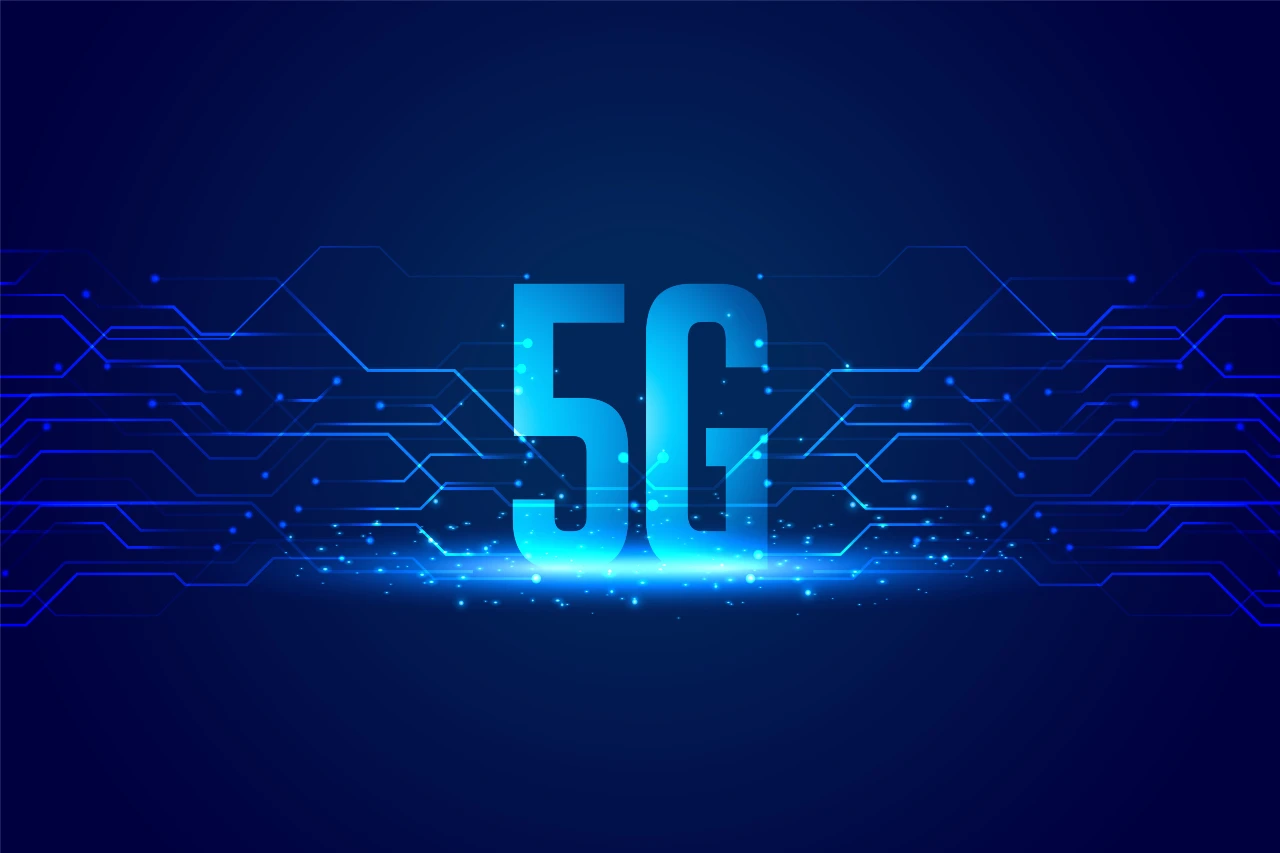Since its initial rollout, 5G technology has been heralded as a game-changer, promising ultra-fast speeds, low latency, and massive device connectivity. In 2025, 5G is not just a buzzword — it’s actively transforming how businesses operate and how people interact with technology daily.
This blog explores the current impact of 5G and what the next few years hold as adoption expands worldwide.
What Makes 5G Different?
5G offers significant improvements over 4G LTE, including:
- Speeds up to 10 Gbps — enabling lightning-fast downloads and streaming.
- Latency as low as 1 ms — crucial for real-time applications like autonomous vehicles and remote surgery.
- Massive Device Support — connecting millions of IoT devices in dense environments.
These advancements unlock new use cases that were previously impossible or impractical.
Business Transformation Powered by 5G
- Smart Manufacturing: Factories use 5G-connected sensors and robots for real-time monitoring and predictive maintenance, boosting efficiency and reducing downtime.
- Healthcare: Telemedicine and remote surgeries become more reliable, supported by high-speed, low-latency 5G networks.
- Retail: Enhanced AR/VR shopping experiences and real-time inventory management improve customer engagement.
- Transportation: Connected cars and smart traffic systems rely on 5G for data exchange, improving safety and traffic flow.
Businesses across industries are leveraging 5G to innovate and improve operations.
Consumer Impact: Faster, Smarter, More Connected
For consumers, 5G means:
- Seamless streaming of high-definition and 3D content.
- Improved gaming experiences with cloud gaming and augmented reality.
- Smart home devices that respond instantly and work together more efficiently.
- Enhanced mobile experiences even in crowded urban areas or large events.
5G is making everyday technology more immersive and responsive.
Challenges and Considerations
While 5G’s benefits are clear, challenges remain:
- Infrastructure Costs: Deploying 5G networks requires significant investment, especially in rural areas.
- Device Compatibility: Consumers and businesses need 5G-enabled devices to fully benefit.
- Security Concerns: The expanded attack surface due to more connected devices demands robust cybersecurity strategies.
- Spectrum Allocation: Governments must balance spectrum allocation to maximize 5G potential.
Looking Ahead: What’s Next for 5G?
- Private 5G Networks: Companies are building dedicated networks tailored to their specific needs, boosting security and control.
- 6G Research: Though in early stages, 6G promises even faster speeds and integration with AI and satellite networks.
- Global Expansion: More countries are committing to 5G infrastructure, driving worldwide adoption.
5G’s role as a foundation for future technologies like IoT, AI, and smart cities will only deepen.
Final Thoughts
By 2025, 5G has transitioned from hype to essential infrastructure, reshaping business processes and consumer lifestyles. Organizations that embrace and innovate with 5G will gain competitive advantages, while consumers enjoy more connected, responsive digital experiences.
